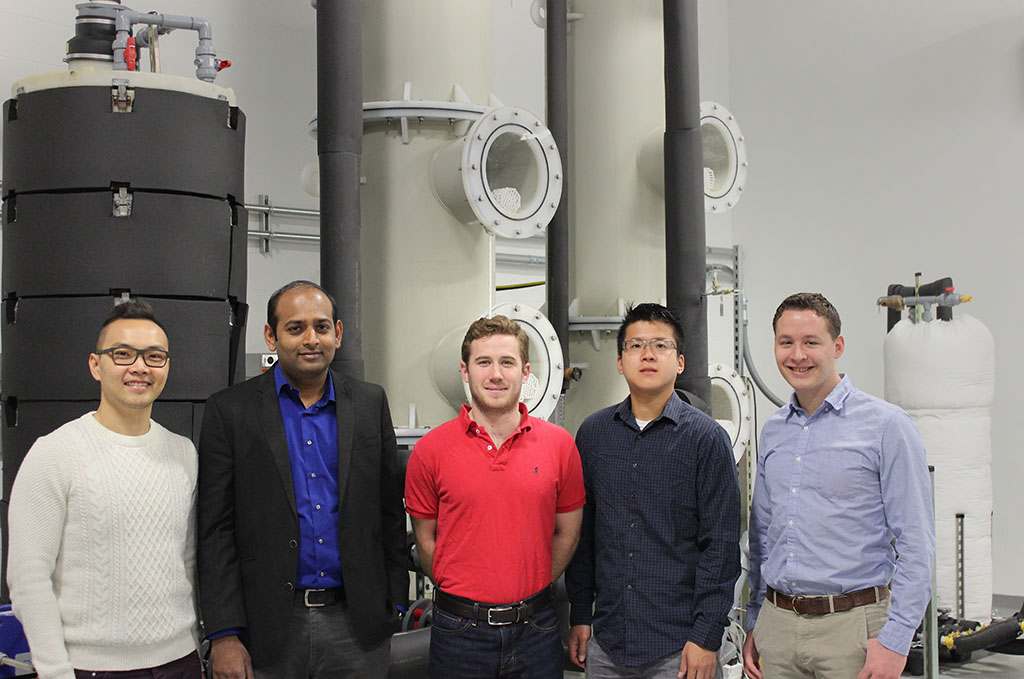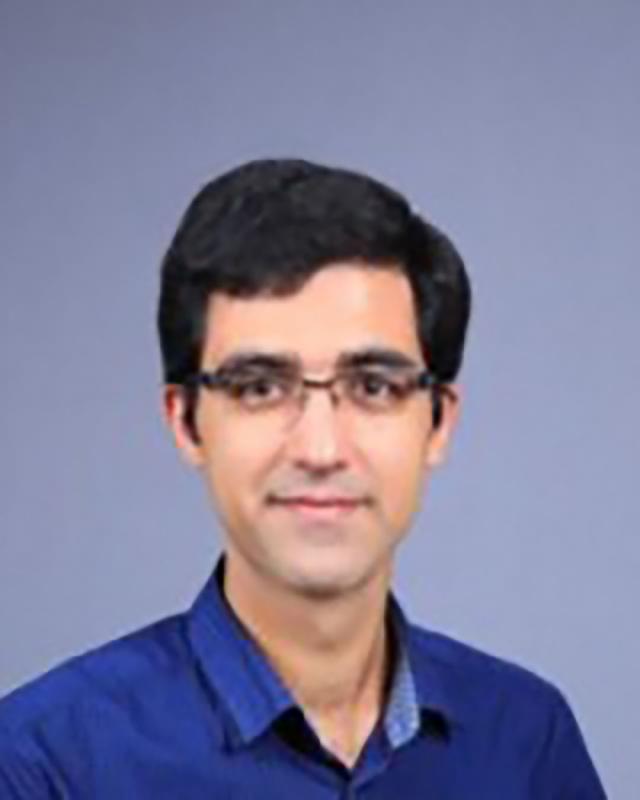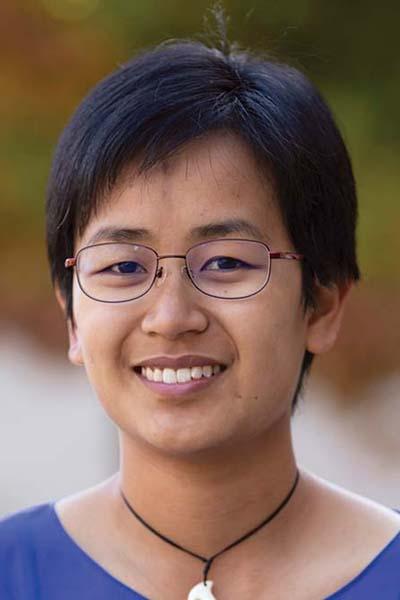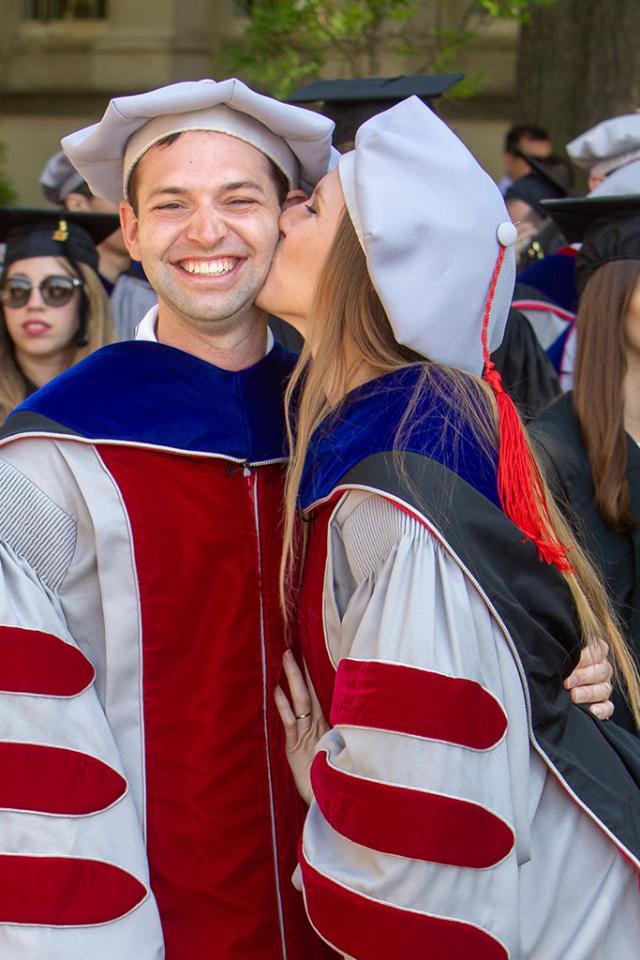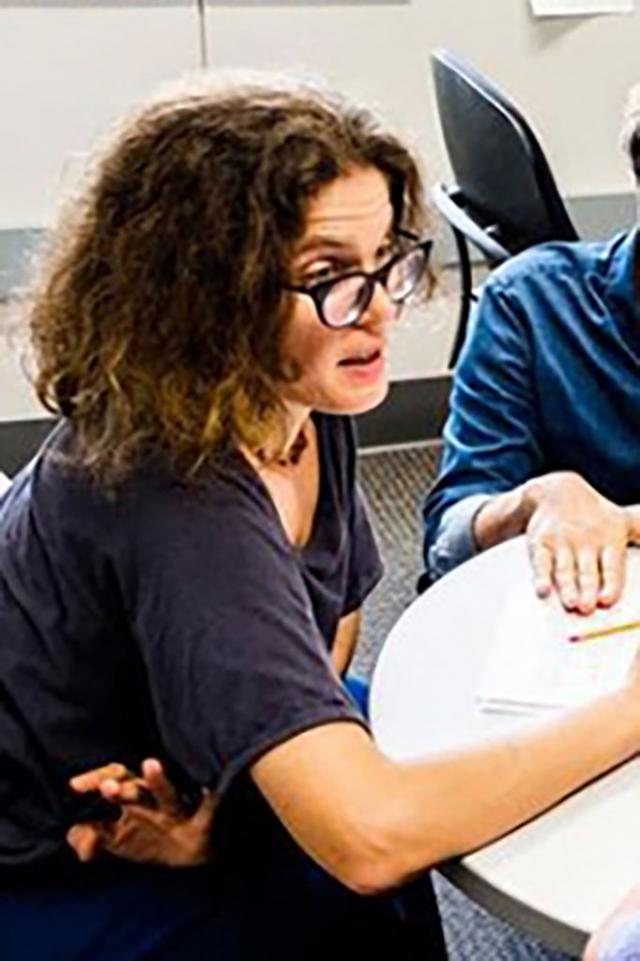Prakash Govindan
Prakash Govindan, co-founder and CTO of water technology company Gradiant, remembers walking down to his town center as a young man in Chennai, India, with his brother, Srinivas. The hot sun on their backs, they were on their way to pick up buckets of water that were being delivered by truck to Chennai and haul them back to their apartment until the next shipment came.
“Chennai has a monsoonal climate, getting what is called the ‘return monsoon’,” Govindan explains. “The problem is that, unlike the direct monsoon, the return monsoon is very finicky. In some years, there is so much rain that there is massive flooding, and in other years it doesn’t rain at all. And when the rain doesn’t come, we don’t have any water. In middle class neighborhoods, you get semi-treated water delivered by truck, but for poorer neighborhoods, they might not get any at all.”
Because Chennai is on the coast, he says, the ingress of seawater infiltrates the groundwater table, and all the borewells in the region turn brackish. The people can no longer drink the water because of its high salt content.
It was this personal experience with the realities of the global water crisis that inspired Govindan – who received a master’s degree in mechanical engineering from the Indian Institute of Technology at Madras and his PhD in mechanical engineering at MIT – to do his part to find a solution.
“Having grown up in Chennai, where we had this massive water problem,” he says, “I knew for a fact that there was a big opportunity in the water space, and I wanted to work in an area where I could make a societal impact. I realized very quickly that, with 1.5 billion people around the world lacking fresh water, this was a way I could do that. And many people weren’t looking at smaller-scale desalination as a solution yet.”
When he joined Professor John Lienhard’s lab as a PhD candidate in 2008, Govindan wasn’t necessarily looking at small-scale desalination yet either.
But when he received a fellowship from the Legatum Center at MIT to develop a technology-based business in India, he proposed the creation of small-scale mobile desalination systems for brackish borewells in rural and suburban areas. Professor Lienhard had himself just begun a major research project investigating water purification.
“We started developing technology based on the desalination concept of humidification/dehumidification (HDH), which mimics nature’s rain cycle. As this technology progressed, I met Anurag Bajpayee, my partner and co-founder at Gradiant. He had this beautiful application for my technology in the oil field that could make a massive environmental and societal impact, and the HDH technology was at a price point that fit very well with this application.”
Govindan turned this new application into his PhD focus, and, together with Bajpayee, a PhD student under Professor Gang Chen, it became Gradiant’s flagship technology.
They named it Carrier Gas Extraction (CGE) because it takes a carrier gas, such as air, and humidifies it to produce a cloud-like vapor-gas mixture.
Then the “cloud” is condensed to produce rain. The unit operations that perform the humidification (cloud generation) and the dehumidification (rain generation) are both direct contact mass exchangers made using inexpensive, non-metallic surfaces. The energy recovery from the dehumidification process to the humidification process is very efficient in the CGE system. This is facilitated by a thermodynamic concept that was a main focus of the research and development performed at MIT and Gradiant.
CGE is less expensive and less complex than comparative technologies, especially for water with salinities around 70,000 ppm or higher, about two times that of seawater – which is just right for water produced as a result of oil production and other industrial processes like mining, textile dyeing, and leather tanning.
In fact, the salinity is often so high for these wastewaters that it is extremely costly and in some cases hazardous to dispose of it. Gradiant’s system can continue to remove fresh water from this increasingly high-salinity water until there is almost nothing left (known as “zero liquid discharge”).
At the same time, Gradiant has developed a second, complementary technology called Selective Chemical Extraction (SCE) that allows for targeted ion removal. Instead of producing 100% purified water, which is often not necessary for the oil industry, this technology targets specific types of ions for removal. SCE allows for a treatment process that is considerably less costly – and one in which the oil company can cheaply reuse the water that has been partially purified instead of wasting it.
“If a company can reuse the water after a low-cost partial purification, then not only are they saving water and making a positive environmental impact but they are also saving themselves the disposal costs,” says Govindan.
“And water that would otherwise be sourced from fresh water sources, which could be used for drinking or agriculture, is being saved for those uses. Our technology allows the oil company to reuse the water they already own. We are closing that loop and eliminating the disposal and sourcing issues.”
Gradiant, which employs more than 30 researchers and operators – most of which are MIT graduates, says Govindan – also designed, built, and runs three water treatment plants, two in Texas and one in New Mexico, providing a full-service option for oil production companies who want to treat their byproduct water.
“There are many business models you can follow,” says Govindan, “but when you have a new technology within a service model, there is a lot of learning that needs to happen between the lab, the point when you pilot in the field, and the point when you commercially operate. There’s a lot that still needs to be optimized and perfected.”

